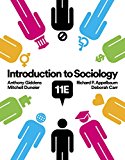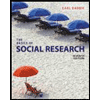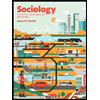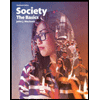What is a weakness of both covert and overt participant observation?
What is a weakness of both covert and overt participant observation?
In order to conduct the research, the discipline of sociology uses several scientific methods and statistical tools to carry the research. It uses both the qualitative and quantitative research methods by choosing the appropriate one for the formulated research problem at the time of research. The data is collected using these methods, and conclusions are drawn after testing the data's validity and reliability.
Participant observation is a research technique used to carry out the research where there involves collecting data to make it more authentic. In this type, the researcher will be involved in the research area where the field does not have an awareness of ongoing research. The researcher notes the data regularly by observing the processes and interactions that take place in the chosen research field.
Both the covert and overt observations are utilized in the context of carrying the research, which is sensitive and confidential. The individual selects this method in the cases where he feels the requirement of these methods to collect the authentic data.
weakness of covert observation:
- it raises several ethical concerns while carrying the research because there will be no kind of consent taken from the respondents in the field of study.
- there is also the risk of dangerous activities happening.
- there are chances for the researcher to fall into trouble due to collecting the data without the consent of the people when these respondents come to know about the ongoing activity.
Weakness of overt observation: t is also known as the disclosed observation. The participants will give consent for the data collection.
- the behaviors of the respondents are distorted through the effect of the investigator.
- the participant, in some circumstances, changes the behavior due to the social desirability bias.
- they change their behavior when they come to know that the researcher is observing them.
Step by step
Solved in 3 steps









